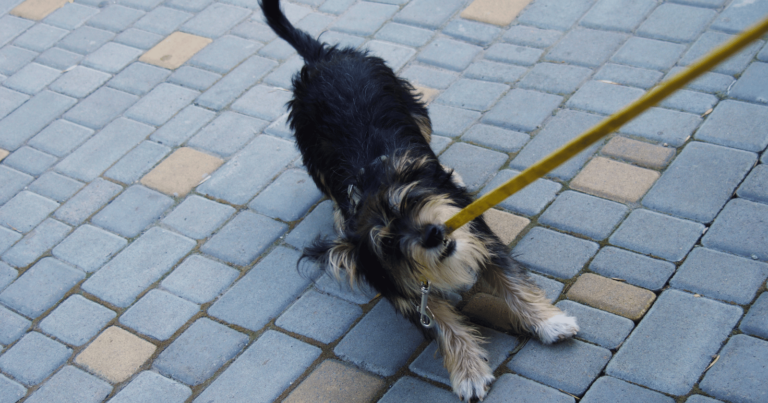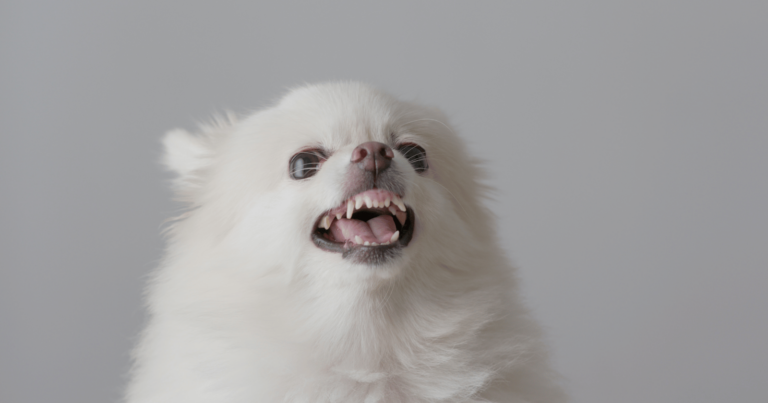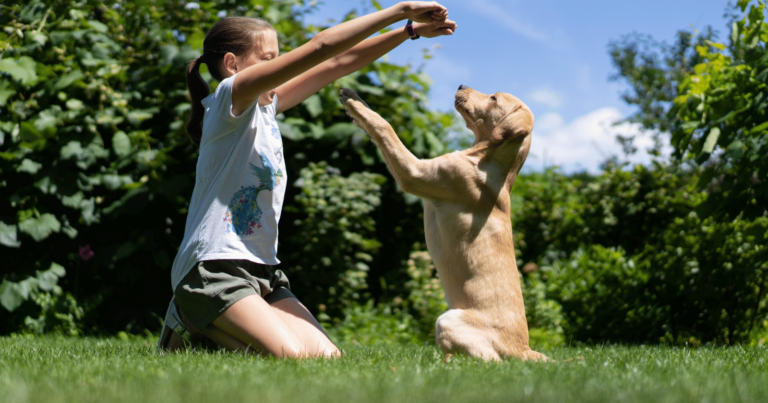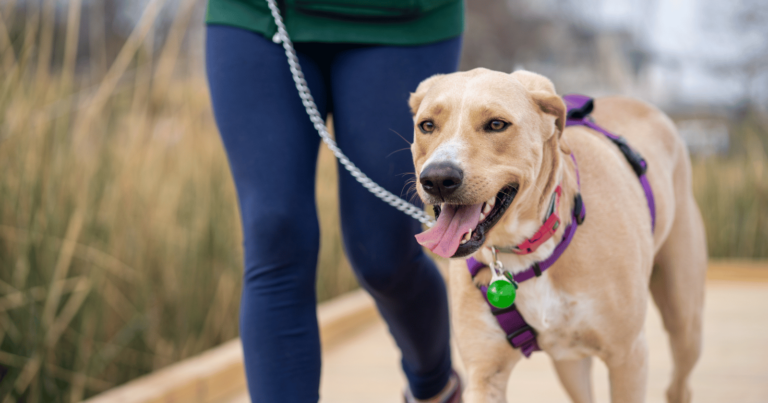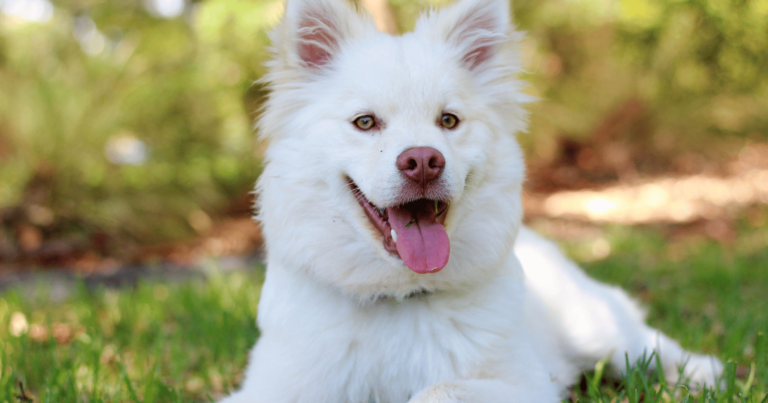Correcting unwanted behavior in your dog can sometimes feel like an uphill battle.
It’s a challenge that requires patience, consistency, and a good understanding of canine behavior.
But don’t let it cause you to pull your hair out.
You’re not alone in this, and more importantly, you’re not without resources.
The key to success lies in using techniques that are positive, effective, and centered on understanding your furry friend’s needs and motivations.
I’ve compiled a list of 9 effective steps that can help correct unwanted behavior in your dog.
1. Understand the root cause of the behavior
It’s crucial to understand that dogs don’t act out without a reason.
Unwanted behavior in dogs is often a form of communication or a reaction to something.
Is your dog barking excessively? It could be due to boredom, anxiety, or just seeking attention.
Maybe your pooch is chewing on household items? This could be their way of dealing with teething discomfort or pent-up energy.
Try to identify what triggers the unwanted behavior.
This will give you a clearer picture of what needs to be addressed, and help you tailor your approach effectively.
For example, if your dog barks when left alone, they might be experiencing separation anxiety.
In this case, techniques to help them feel secure and relaxed when alone would be beneficial.
2. Use positive reinforcement
Positive reinforcement is a powerful tool for shaping and changing your dog’s behavior.
This method involves rewarding your dog for good behavior, which makes them more likely to repeat it in the future.
When your dog behaves in a way you want, immediately reward them with something they love.
This could be a tasty treat, their favorite toy, or simply some affectionate petting.
The key to positive reinforcement is timing.
Deliver the reward immediately after your dog exhibits the desired behavior, so they can make the connection between their actions and the positive outcome.
For instance, if your dog is quiet and calm when the mailman passes by (instead of barking as usual), give them a treat right away.
This helps reinforce the idea that being calm and quiet leads to rewards.
Avoid using punishment as a training method.
It can foster fear and anxiety, which may actually exacerbate unwanted behaviors rather than correct them.
3. Provide plenty of physical and mental stimulation
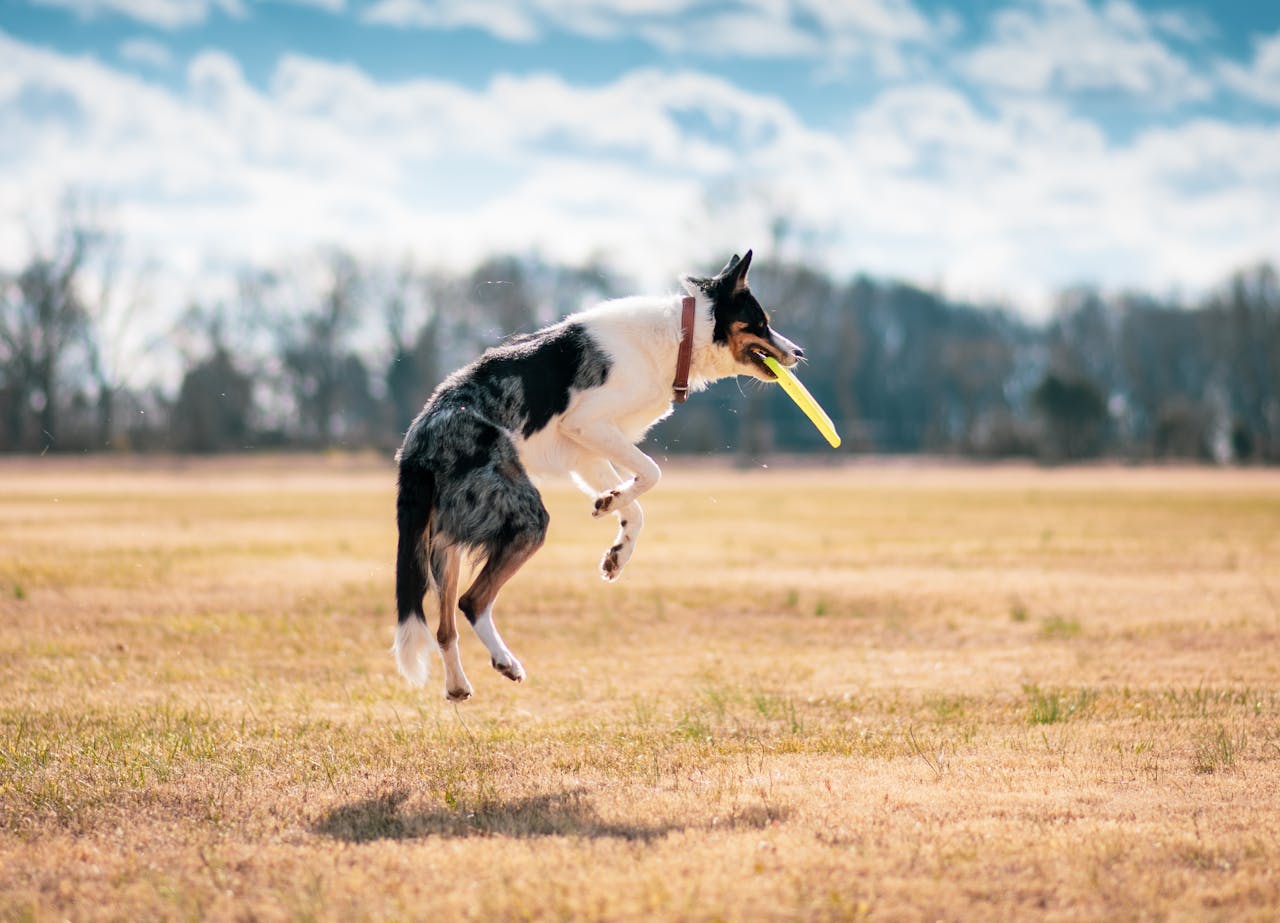
Dogs are naturally active and curious creatures, and they need regular exercise and mental challenges to keep them happy and well-behaved.
Ensure your dog gets plenty of exercise every day, tailored to their breed, age, and health.
This could be in the form of walks, play sessions, or even training exercises.
Physical activity helps burn off excess energy that might otherwise be channeled into destructive behavior.
Mental stimulation is equally important. Interactive toys, puzzle feeders, and training sessions can all provide mental challenges that keep your dog’s mind sharp.
Not only will this help curb unwanted behaviors, but it will also strengthen the bond between you and your dog, making them more receptive to training.
A tired dog is a good dog.
By providing your dog with both physical and mental outlets for their energy, you can help prevent many common behavioral problems from arising in the first place.
4. Be consistent with your training
Dogs learn through repetition and consistency, so it’s important to be clear and consistent with your training.
If you’re using a command to curb a certain behavior, use the same command every time.
Changing commands can confuse your dog and slow down the learning process.
Similarly, everyone in your household should be on the same page regarding the rules for your dog.
If one person allows the dog on the sofa while others don’t, it sends mixed signals to your pet.
Also, consistently reward good behavior and ignore or redirect bad behavior.
This helps your dog understand what is expected of them.
Consistency in training doesn’t mean being harsh or inflexible.
It’s about providing clear, consistent guidelines that help your dog understand what behaviors are acceptable and what aren’t.
5. Seek professional help if needed
There’s no shame in seeking help from a professional dog trainer or behaviorist if you’re struggling to correct unwanted behavior in your dog.
Some behaviors can be challenging to address, particularly if they’re rooted in fear or anxiety, or if they’ve been ingrained over a long period of time.
A professional can provide you with the tools and techniques you need to address your dog’s specific issues.
They can also offer guidance and support, helping you navigate the process and avoid common pitfalls.
Every dog is unique and what works for one may not work for another.
A professional can help tailor a training plan to your dog’s specific needs and temperament.
Don’t view seeking professional help as a last resort or a sign of failure.
6. Practice patience

Correcting unwanted behavior in your dog is not an overnight process.
It requires time, patience, and a lot of love.
Dogs learn at different rates, and progress may be slow at times.
There may even be moments of backsliding.
It’s important not to get discouraged during these times.
Remember, your dog isn’t being stubborn or difficult — they’re simply learning a new way of behaving.
Just like us humans, dogs need time to learn new behaviors and unlearn old ones.
7. Establish clear communication
Use clear, consistent commands and signals to communicate what you want from your dog.
Avoid shouting or speaking in a harsh tone, as this can scare your dog and make them anxious, which isn’t conducive to learning.
Try to understand the world from your dog’s perspective.
This can help you better understand their behavior and communicate with them more effectively.
For example, if your dog is barking at strangers, they might be trying to protect you.
Instead of scolding them, try redirecting their attention or reassuring them that there’s no threat.
Communication is a two-way street.
Pay attention to your dog’s body language and signals too.
This will help you understand their needs, fears, and emotions better, which can greatly assist in correcting unwanted behavior.
8. Take care of your dog’s health
Health issues can cause discomfort or pain, which can lead to changes in behavior.
Regular vet check-ups are essential to ensure your dog is in good health.
If you notice a sudden change in your dog’s behavior, it’s always a good idea to consult with a vet.
The behavior change could be a symptom of an underlying health issue.
For instance, a dog that suddenly starts soiling the house could be suffering from a urinary tract infection.
Or a dog that starts chewing on furniture could be trying to relieve pain from dental problems.
9. Build a strong bond with your dog
The bond you share with your dog is the foundation of everything.
A strong, trusting relationship makes training easier and more effective.
It also helps reduce behavioral issues, as dogs are less likely to act out when they feel secure and loved.
Spend quality time with your dog every day, whether it’s playing, training, or just cuddling on the couch.
This not only strengthens your bond but also fulfills your dog’s need for social interaction.
Training should be a positive experience for both of you.
Make it fun and rewarding for your dog, and they’ll be more eager to learn and please you.
Understanding your dog’s language
Having covered the key steps to address unwanted behavior in your dog, it’s important to highlight one more crucial aspect: understanding your dog’s language.
Dogs communicate in a myriad of ways – through body language, vocalizations, and even their behaviors.
Understanding these signals can provide valuable insights into why your dog acts the way they do.
For instance, a dog who is constantly chewing may not just be naughty, but could be bored or anxious.
A dog who growls when you touch their food isn’t necessarily aggressive, but may be showing signs of resource guarding.
By learning to interpret these cues, you can address the root causes of unwanted behaviors more effectively.
In essence, the journey to correct unwanted behavior in your dog is not just about enforcing rules, but about building a relationship based on understanding, respect, and love.



